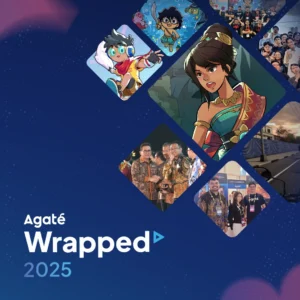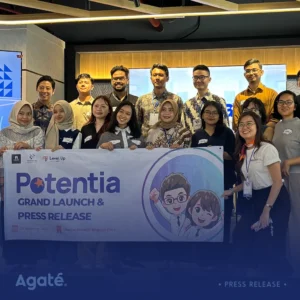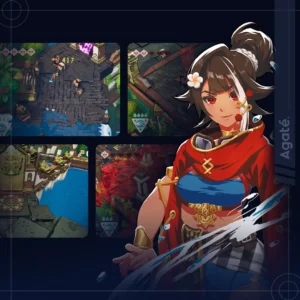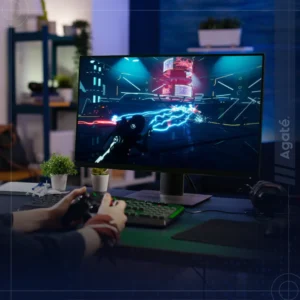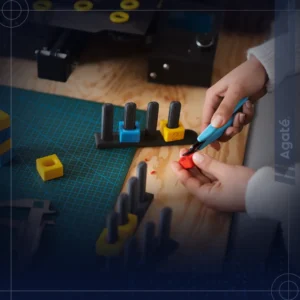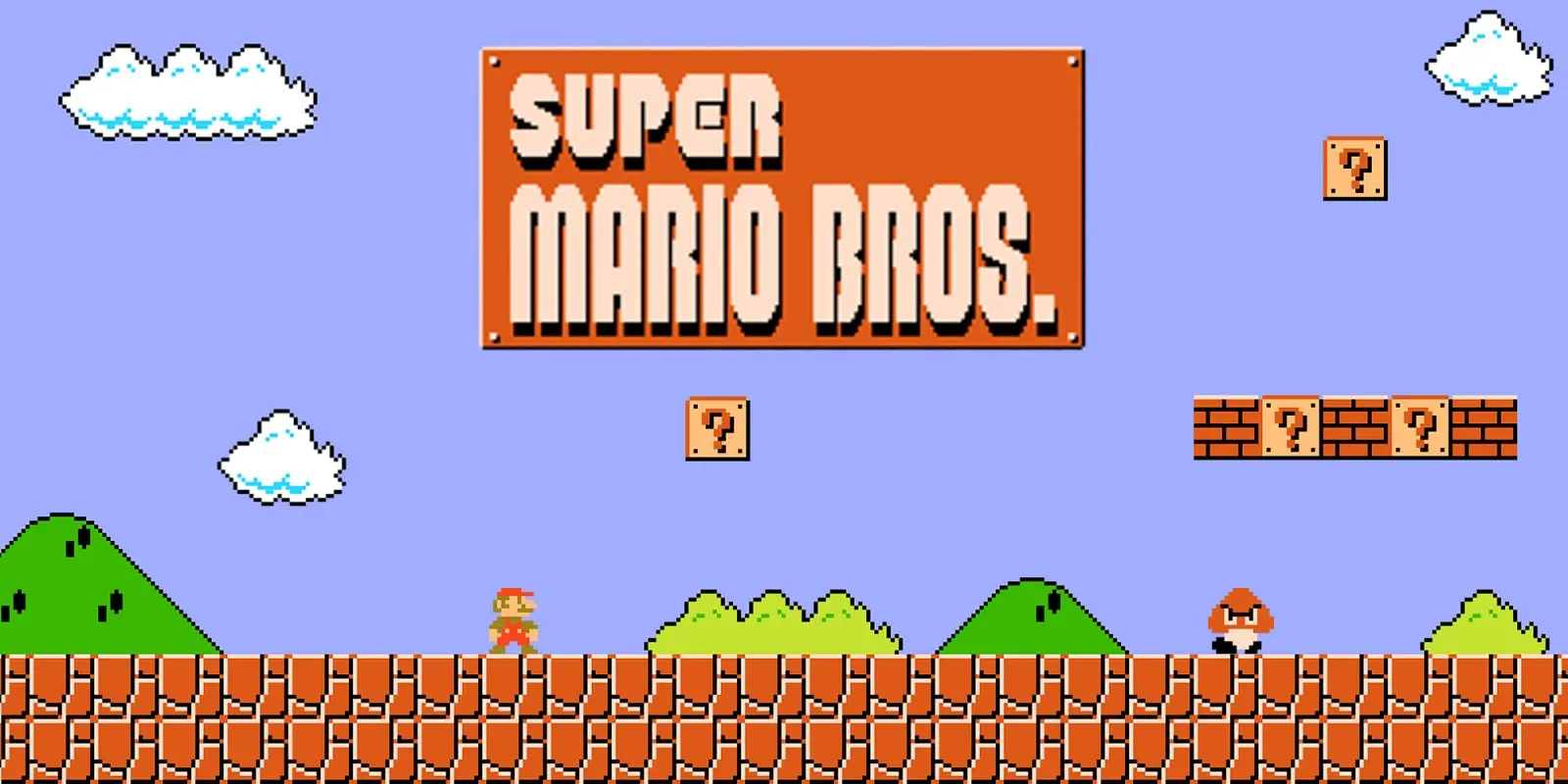
Who knew that games could help us learn? It turns out that every game involves some struggle, which is just what we need for optimal learning! Learning something new can be challenging, we need to go through that trial-and-error phase until we finally reach that amazing “aha” moment.
Ever wondered why we tend to give up when faced with challenges instead of seeing them as opportunities for growth? Mark Rober’s TEDxPenn talk, “The Super Mario Effect,” explains that our approach to learning is key. In Super Mario, players are motivated to learn the game mechanics and hone their skills to save the princess rather than fear failure.
The Super Mario Effect is explained as “focusing on the Princess and not the pits, to stick with a task and learn more.” There are three takeaways to apply this to feel less stressed and learn more.

Reframe Your Mindset
The Super Mario Effect is about turning challenges into engaging opportunities for growth. Rather than dwelling on failure, players focus on mastering each level to progress to the next. It’s a game that reframes loss as a learning experience and inspires us to keep going.
Gamification can be a game-changer in our lives, according to Rober! By treating challenges as games, we can view the learning process as an enjoyable activity that we want to keep doing. In other words, gamification can help us reframe challenges and make them more engaging and motivating.

Keep Your Eyes on the Prize
Playing a game always ends with one thing: the prize! Even when the going gets tough, the thrill of mastering the game is just too enjoyable to pass up. Unlike real life, mistakes don’t have to be devastating in a “give it your all to win” environment. Instead, they’re like fun-sized opportunities to learn and improve for your next try.
According to Rober, The Super Mario Effect is more than just having a positive attitude. Turning challenges into games and emphasizing the prize makes the process feel lighter and more empowering; it makes you think, “What worked? What didn’t? What can I learn from it? I’ll try again.” Rather than enduring, it becomes about learning and trying again. Focusing on the Prize can trick your brain into learning more.

Shift Your Focus from Failure
By freeing us from the fear of failure, the Super Mario Effect has revolutionized the way we approach challenges. Its core idea is to learn from mistakes without fixating on them, which means that failing to beat level one isn’t a reason to quit, but rather a chance to gain insight from errors and persist toward our goal.
Gamification
The Super Mario Effect is a phenomenon that describes how individuals become more motivated and engaged in tasks that are challenging and rewarding. By utilizing gamification, this concept can extend beyond gaming to various aspects of life, including education, work, and even personal development.
Gamification is the incorporation of game mechanics and principles into non-game contexts. It involves applying gaming characteristics to address problems and achieve goals through various activities and procedures.
It isn’t a one-size-fits-all solution, and it’s all about figuring out the objective and picking the right game design to achieve it! The ultimate goal of gamification is to boost interaction, collaboration, sharing, and engagement among different groups, including partners, employees, and customers.
Gamification also works wonders in marketing. Enhancing engagement and experience increases user retention and acquisition through social sharing. It also promotes brand awareness, loyalty, and provides a sense of accomplishment to users. Lastly, it simplifies data gathering, providing valuable insights to businesses. Gamification can help businesses improve customer engagement and achieve marketing goals by incorporating game elements into their products or services. This leads to more enjoyable and rewarding customer experiences and drives business success.
Gamification by Agate
Gamification isn’t just about making things more productive or efficient. It can also be fun! Incorporating game elements into non-game contexts can make mundane tasks more engaging and exciting. The examples are Agate’s gamification features. They’re helpful in onboarding users and collecting data and provide a fun and interactive experience. Let’s look closer and see how Agate has taken gamification to the next level!

GoPay Indonesia designed the Suwit game to encourage users to try their P2P transfer feature, resulting in a 40% increase in daily use.
Populix created a family feud-style game called Pop Quest, which motivated users to answer questions quickly and honestly, leading to better data collection.
Moreover, an elementary school gamified assessment tool was developed to help students recognize their potential and receive personalized recommendations based on their needs, resulting in more accurate behavioral assessments than traditional tests.
Interested to be a part of our crews? Check the vacancy list below!

